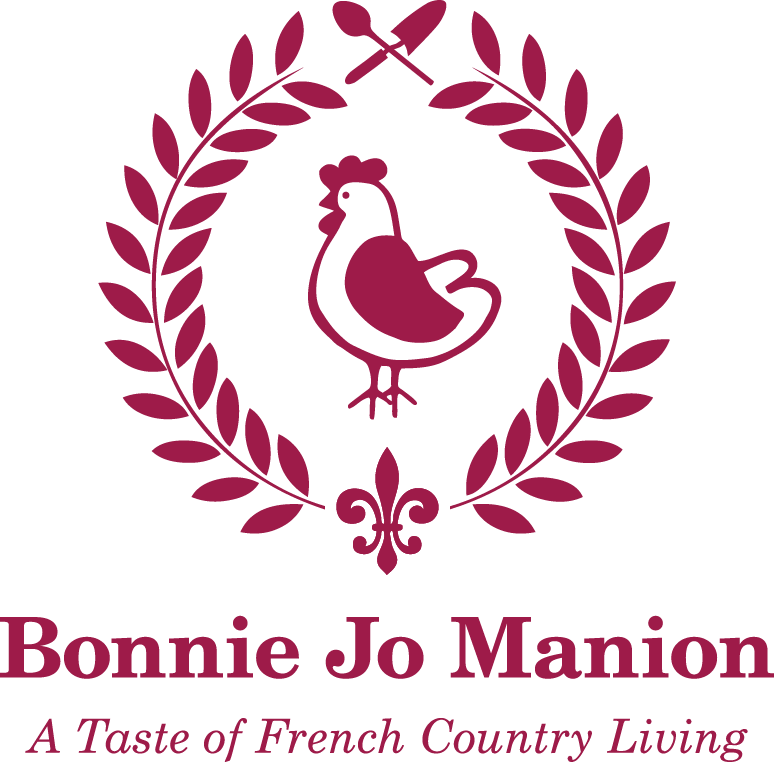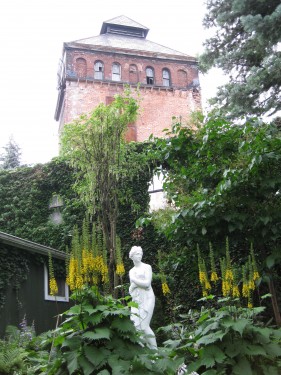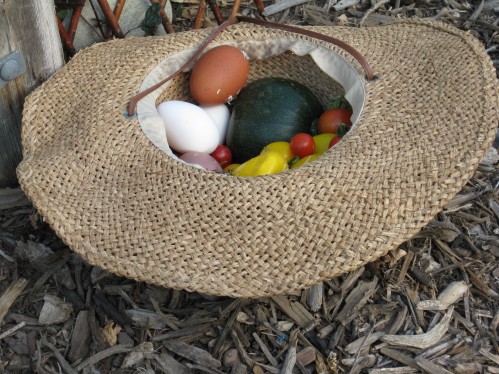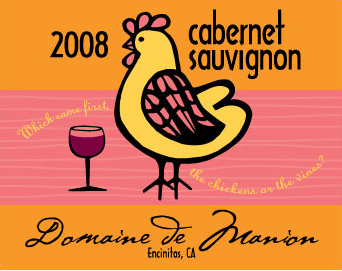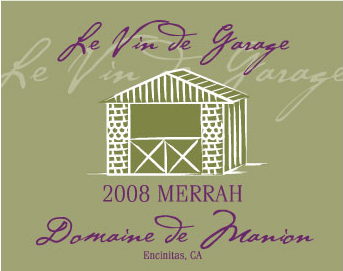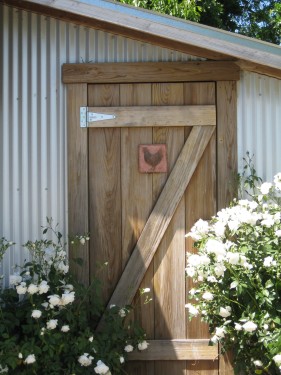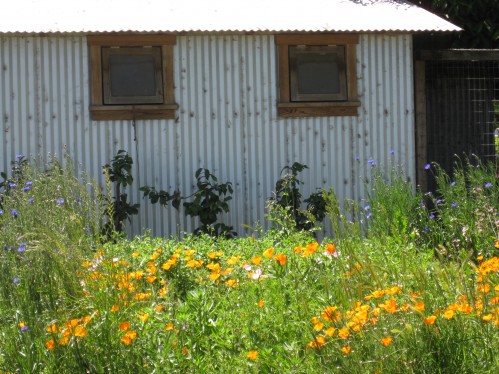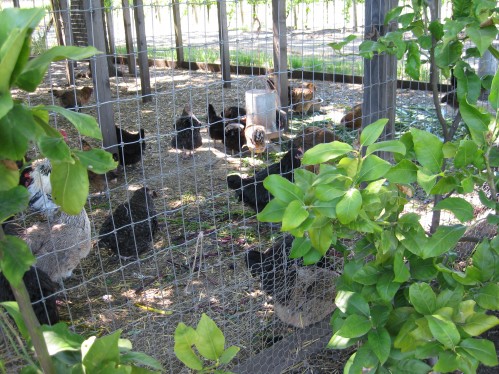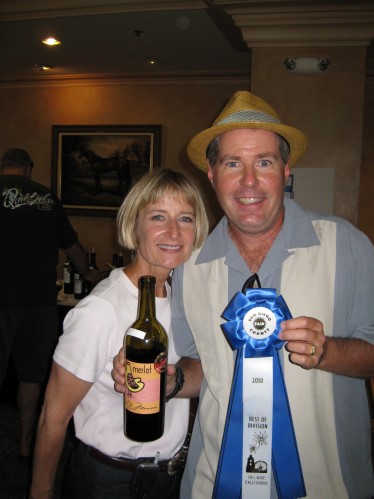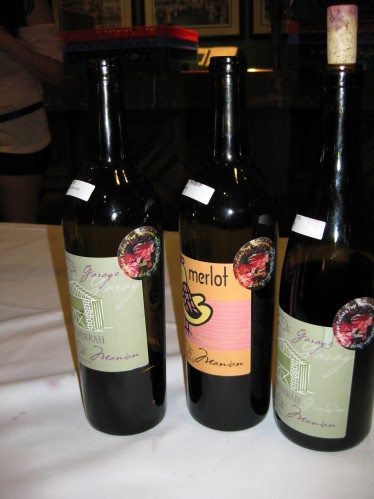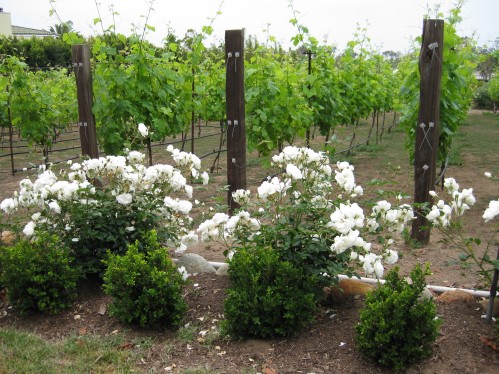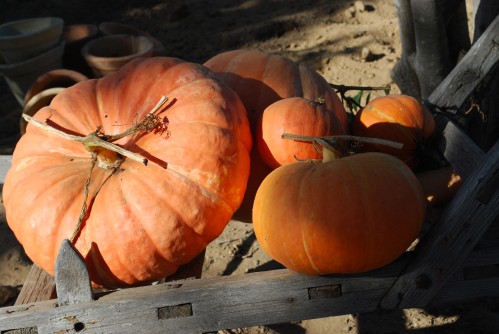 If you haven't ever been to Buffalo, New York, or haven't been back since that visit to Niagara Falls, you must plan to visit Buffalo in July for their impressive and innovative annual Garden Walk which attracts tens of thousands of garden lovers each year. Garden Walk is usually hosted the last weekend of July and at the height of Buffalo's glowing garden season. Buffalo's 19th century architecture and Victorian neighborhoods is a stunning backdrop for these gardens and its hospitable citizens.
If you haven't ever been to Buffalo, New York, or haven't been back since that visit to Niagara Falls, you must plan to visit Buffalo in July for their impressive and innovative annual Garden Walk which attracts tens of thousands of garden lovers each year. Garden Walk is usually hosted the last weekend of July and at the height of Buffalo's glowing garden season. Buffalo's 19th century architecture and Victorian neighborhoods is a stunning backdrop for these gardens and its hospitable citizens.
Buffalo Garden Walk is a free, self-guided urban garden tour which has expanded from 19 gardens initially in 1995, to over 350 gardens in 2010. From the beginning, this special garden tour was founded without prizes and competition. What has blossomed from all of this is a celebration of urban gardens, gentrification of neighborhoods, and pride of community. Frequently, home-owners are on hand to talk about their homes, gardens, and plants.
Marvin Lunenfeld and Gail McCarthy were the original founders and garden pioneers of Buffalo Garden Walk. Fifteen years later, Buffalo Garden Walk continues to grow and inspire everyone, and is a model all of us could start in our own communities. It has become the largest garden tour in America.
In 1868, Buffalo had the good fortune and foresight to enlist Frederick Olmstead (the architect of New York City's Central Park) and his partner, Calvert Vaux, to create a series of parkways and parks for Buffalo and the beginning of Buffalo's recreational park system. Olmstead also championed for land preservation from industrial development and encroachment surrounding Niagara Falls. It is evident that Buffalo has been passionate about its parks and gardens for a long time.
Besides Buffalo's Garden Walk, there is a lot more of Buffalo to explore in the way of its parks, botanical gardens, architecture, fine dining, local nurseries, colorful shops, and warm hospitality.
Please share if you have been to Buffalo's Garden Walk. Please comment if your local community hosts a free garden tour.
VintageGardenGal Tibit Thyme....
I was visiting Buffalo for Buffa10, a national gathering of garden bloggers, hosted and organized this year by Elizabeth Licata of Garden Rant, Allentown Gardener, and Jim Charlier of Art of Gardening. Many thanks for an incredible visit and experience of Buffalo!
I'm in awe of my fellow garden bloggers, and new friends representing all different growing zones, geographic regions, and voices of gardening. The Buffalo News happened to catch up with our group and wrote, Plant It, Grow It, Blog It, with an honorable mention of VintageGardenGal, and new friend Dee's Red Dirt Ramblings.
